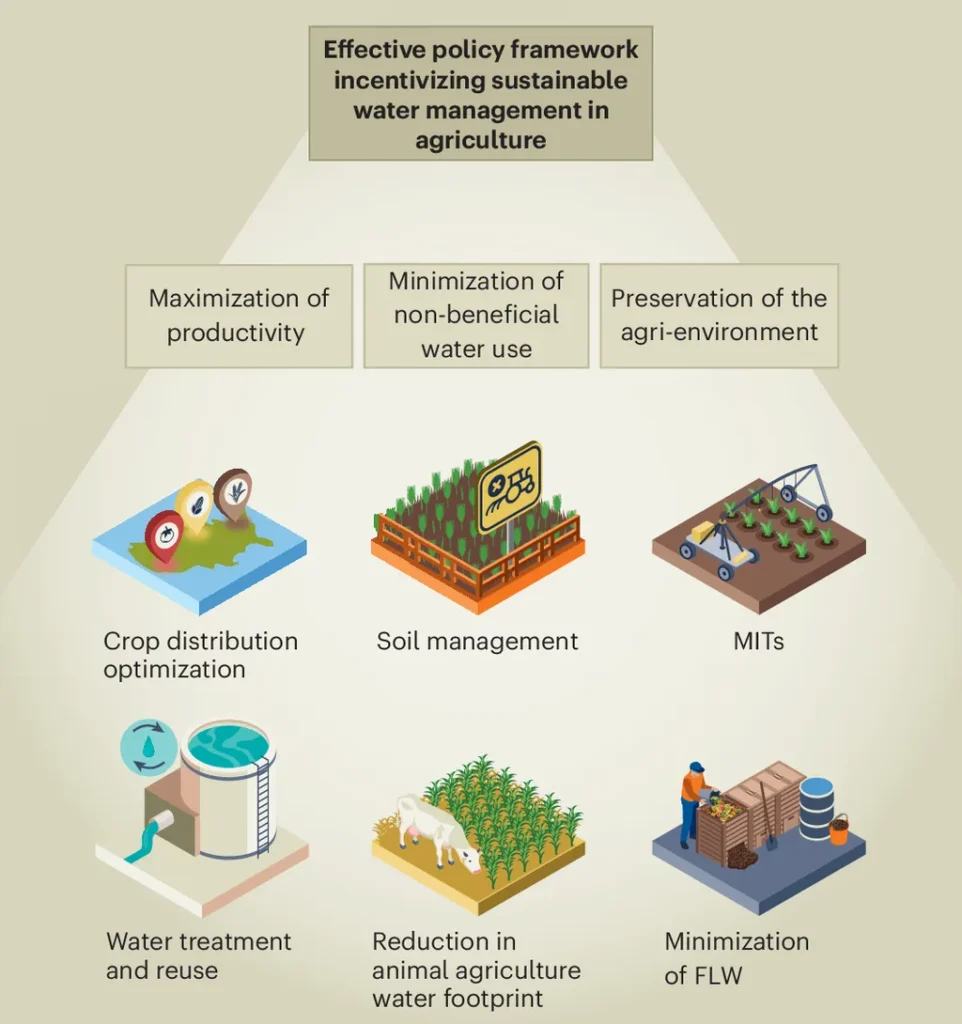In the heart of the North China Plain (NCP), a region grappling with the dual challenge of feeding a growing population and preserving its precious groundwater resources, a groundbreaking study offers a glimmer of hope. Led by Liu Yi from the Agricultural Science Institute of Nandagang Management Zone in Cangzhou, this research, published in the journal *Guan’gai paishui xuebao* (translated as “Journal of Glaciology and Geocryology”), presents a comprehensive multi-objective evaluation of water-saving, high-efficiency cropping systems that could revolutionize agriculture in the region.
The North China Plain, a vital agricultural hub, has long relied on excessive groundwater extraction to sustain its crops, particularly wheat and maize. This practice has triggered serious ecological concerns, threatening the long-term sustainability of the region’s agriculture. Liu Yi and his team set out to identify optimal irrigation and cropping systems that could curb groundwater overexploitation while maintaining high agricultural productivity.
The study established a multi-criteria framework that integrates various indicators, including grain yield, groundwater overexploitation, evapotranspiration, water use efficiency, water footprint components (blue, green, and grey), water productivity, and the proportions of beneficial, non-beneficial, and lost water. The team employed weighting methods such as the analytic hierarchy process (AHP), the entropy weight method, and the random forest algorithm to evaluate the impact of different combinations of irrigation and cropping systems.
Field experiments were conducted at the Nanpi Ecological Agriculture Experimental Station of the Chinese Academy of Sciences. The researchers tested two irrigation strategies: irrigation in the critical period of crops and minimum irrigation (MI) for five cropping systems: rotation of winter wheat and summer maize, rotation of winter wheat, summer maize, and spring maize (WMM), single winter wheat cropping, and single spring maize cropping.
The results were striking. The combination of MI and WMM ranked the highest in all evaluation criteria and weighting methods. This combination achieved an average annual grain yield of 10,291.9 kg/hm², groundwater overexploitation of just 0.3 mm, evapotranspiration of 518.9 mm, and water use efficiency of 1.98 kg/m³. Its water footprint was 0.653 m³/kg, with 85.80% beneficial water use, 3.88% water loss, and 14.20% non-beneficial water use. The water productivity was an impressive 1.78 kg/m³.
Liu Yi emphasized the significance of these findings: “The MI and WMM combination offers a robust solution for balancing high crop yields with sustainable groundwater management in the NCP. This approach not only addresses the immediate need for food security but also ensures the long-term health of our groundwater resources.”
The implications of this research extend beyond the agricultural sector. For the energy sector, which often competes for water resources, this study highlights the potential for more efficient water use in agriculture, freeing up valuable resources for other critical needs. As Liu Yi noted, “By adopting high-yield and stress-tolerant crop varieties, optimizing sowing dates, planting density, and fertilization, and mechanizing maize harvesting, we can further improve the efficiency of our agricultural systems. This holistic approach ensures long-term agricultural and environmental sustainability.”
The study’s findings could shape future developments in the field by promoting the adoption of water-saving, high-efficiency cropping systems. These systems not only enhance agricultural productivity but also contribute to sustainable groundwater management, addressing the pressing ecological concerns in the North China Plain. As the world grapples with the challenges of climate change and resource depletion, such innovative solutions offer a beacon of hope for a more sustainable future.
In the words of Liu Yi, “This research is a testament to the power of interdisciplinary collaboration and innovative thinking. By integrating various indicators and employing advanced weighting methods, we have identified a path forward that benefits both agriculture and the environment. It is our hope that these findings will inspire further research and practical applications in the pursuit of sustainable development.”

